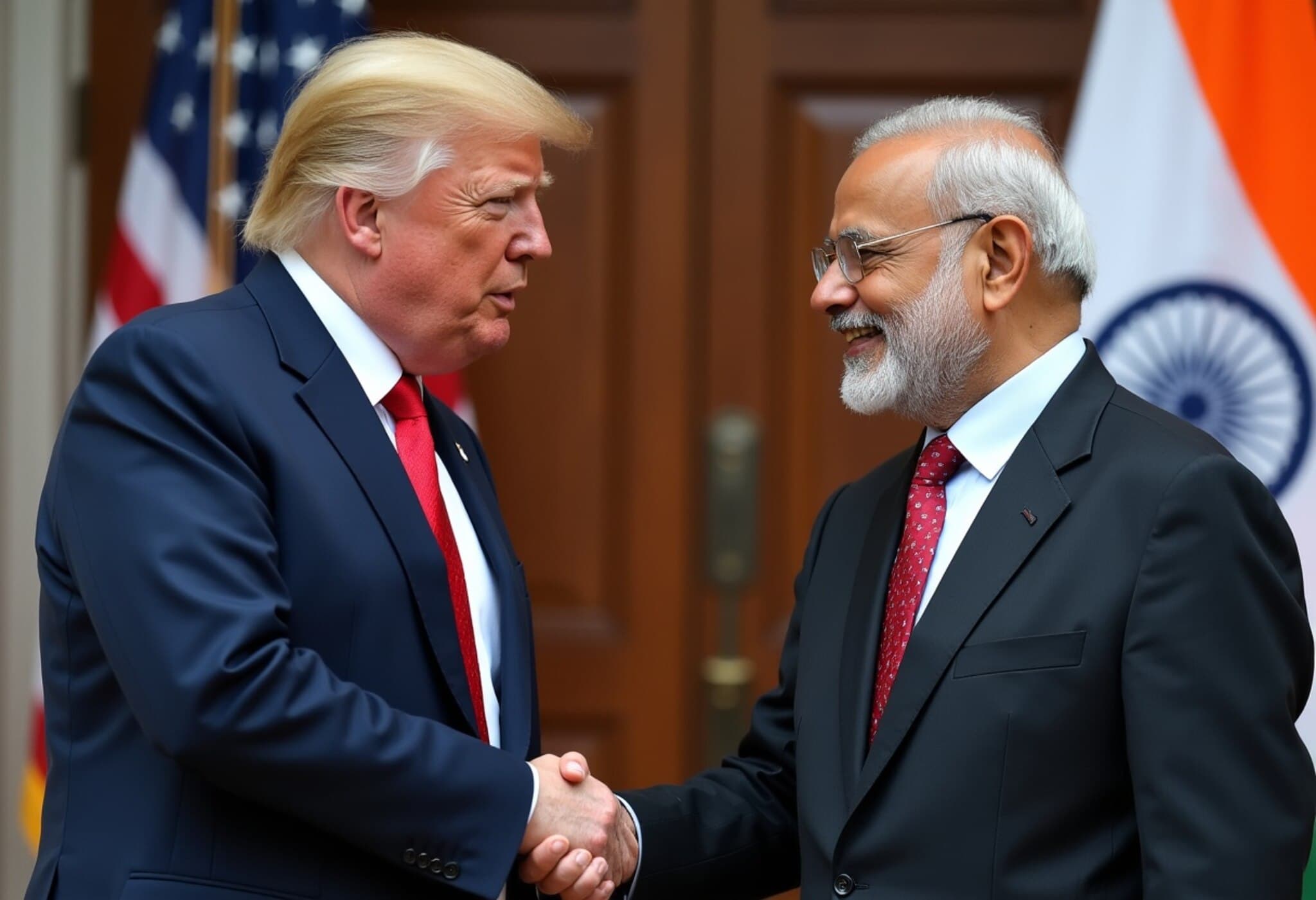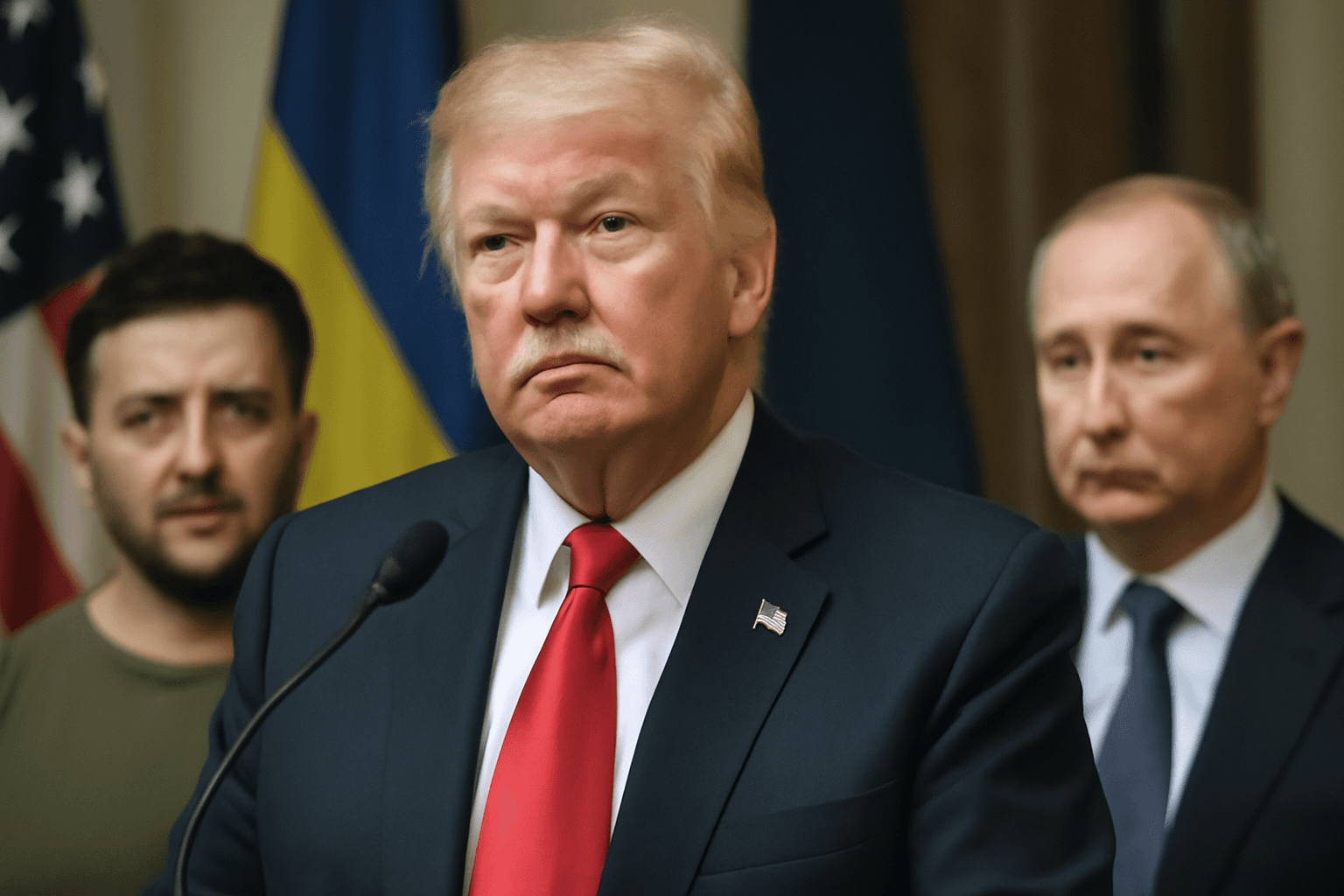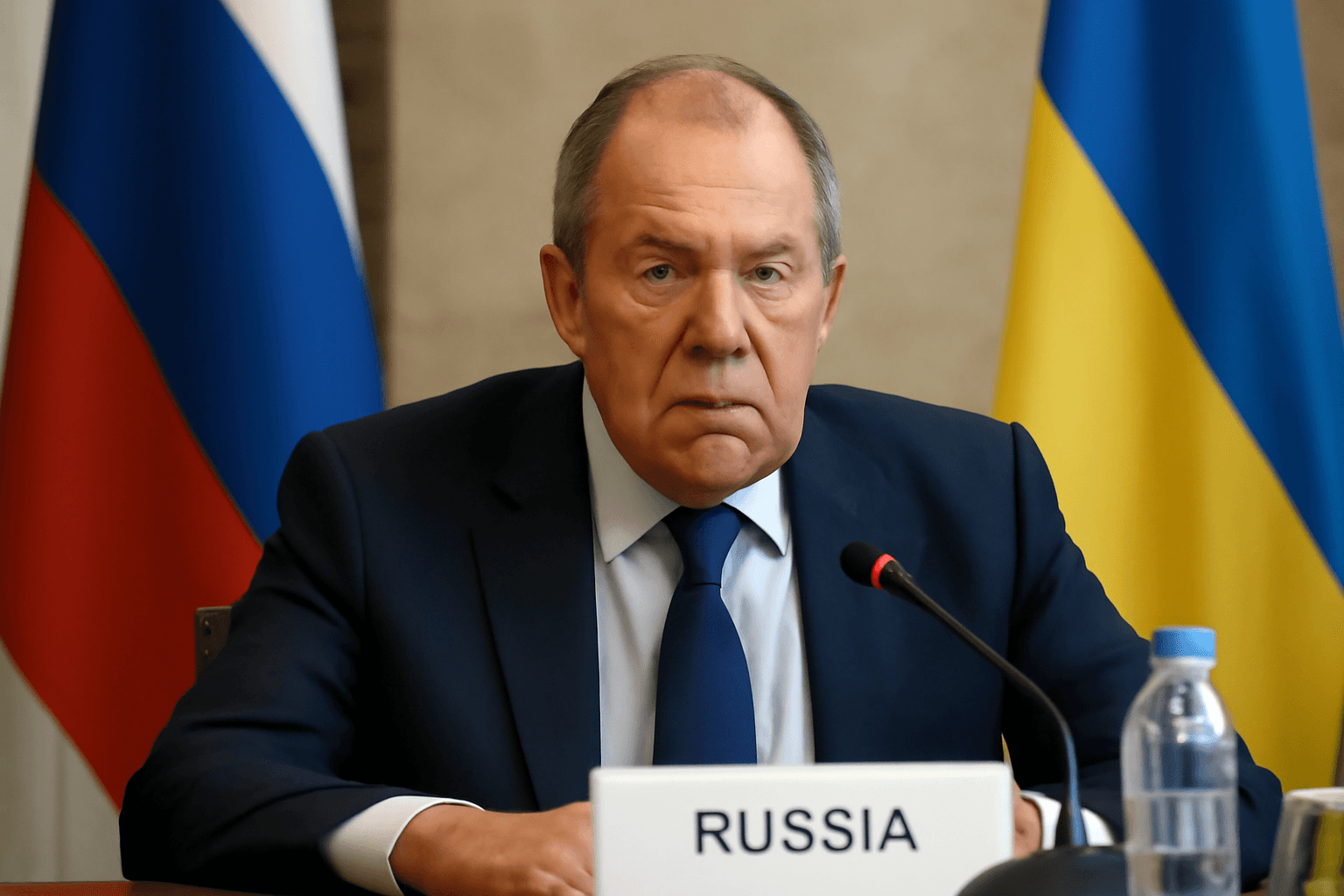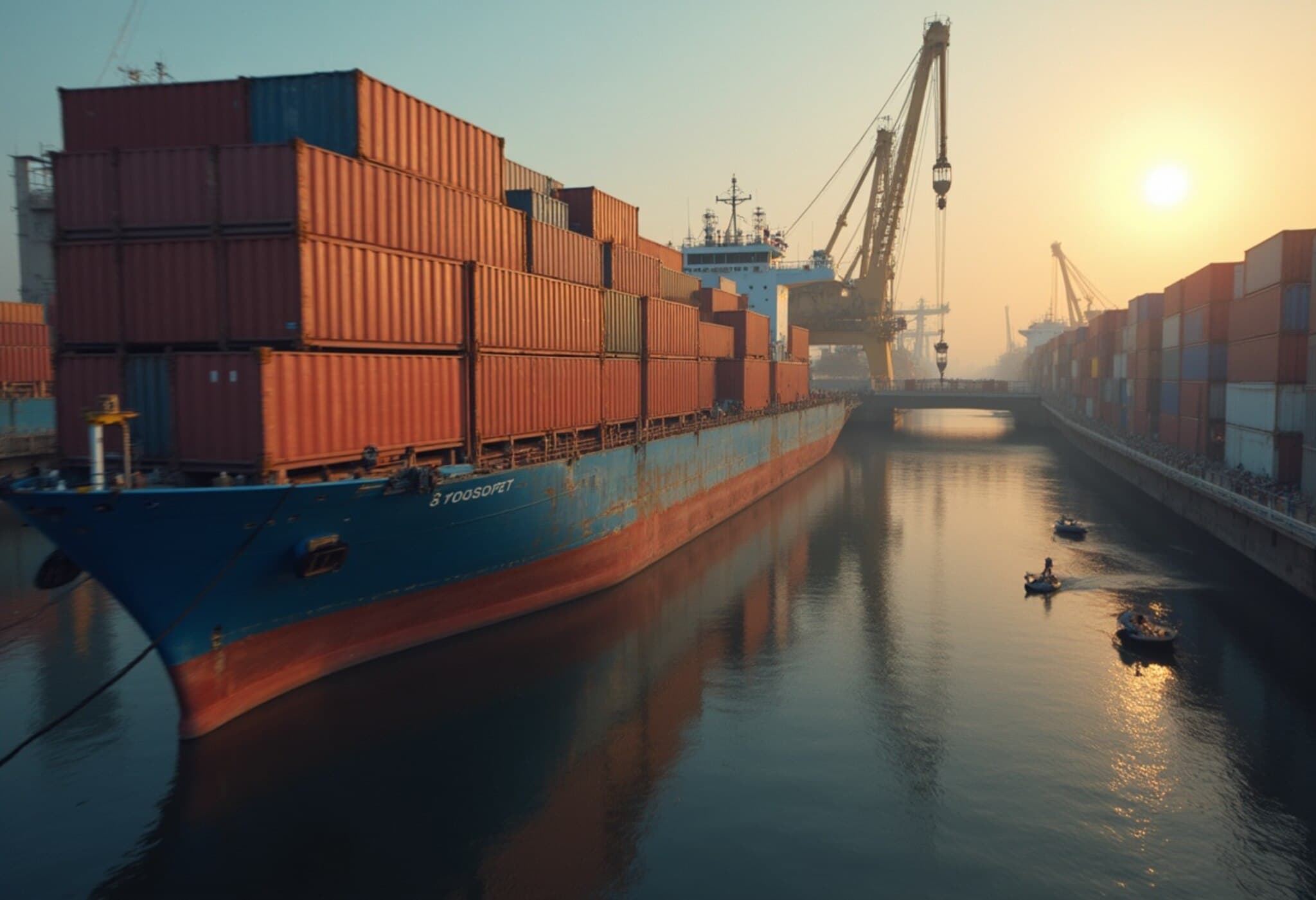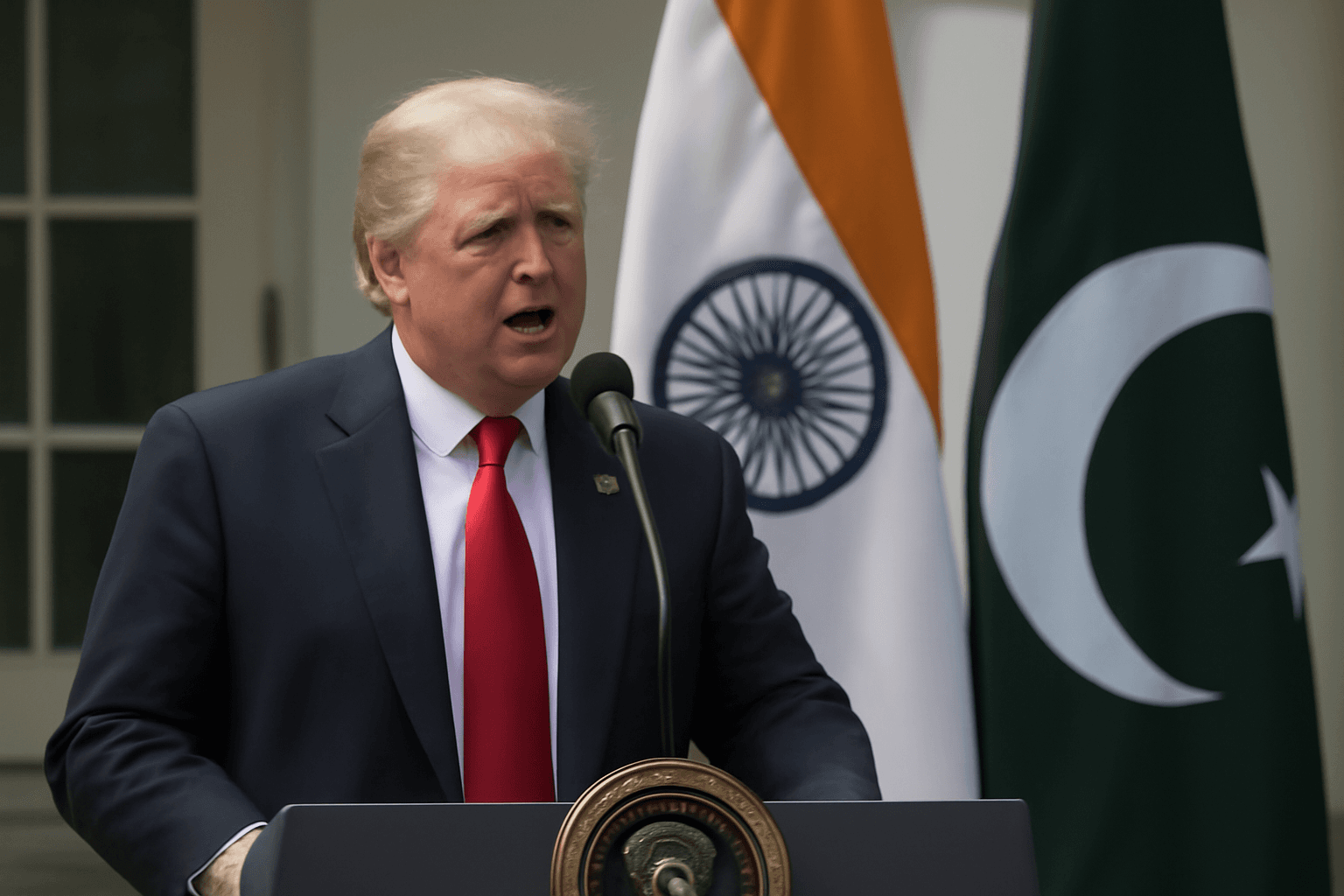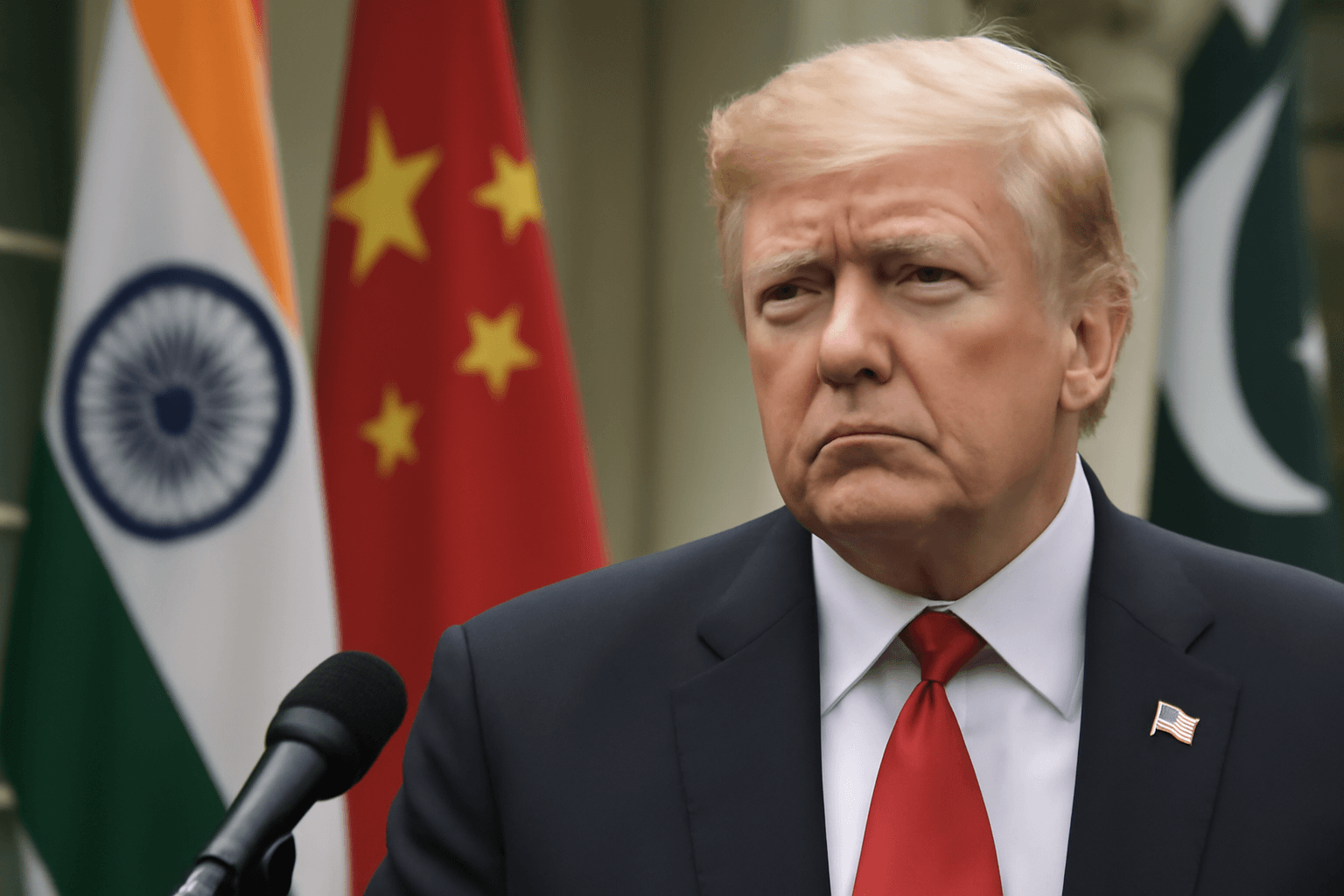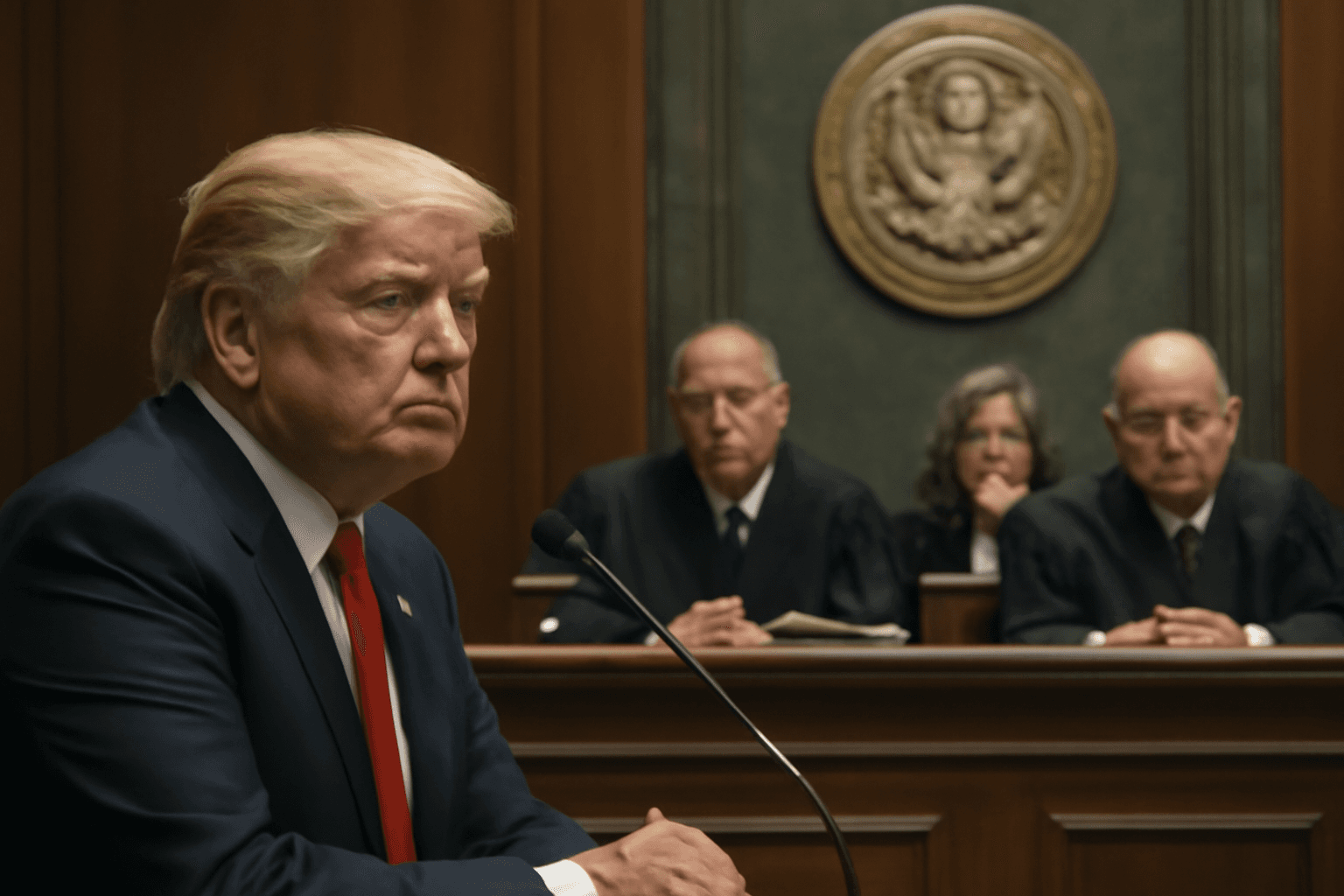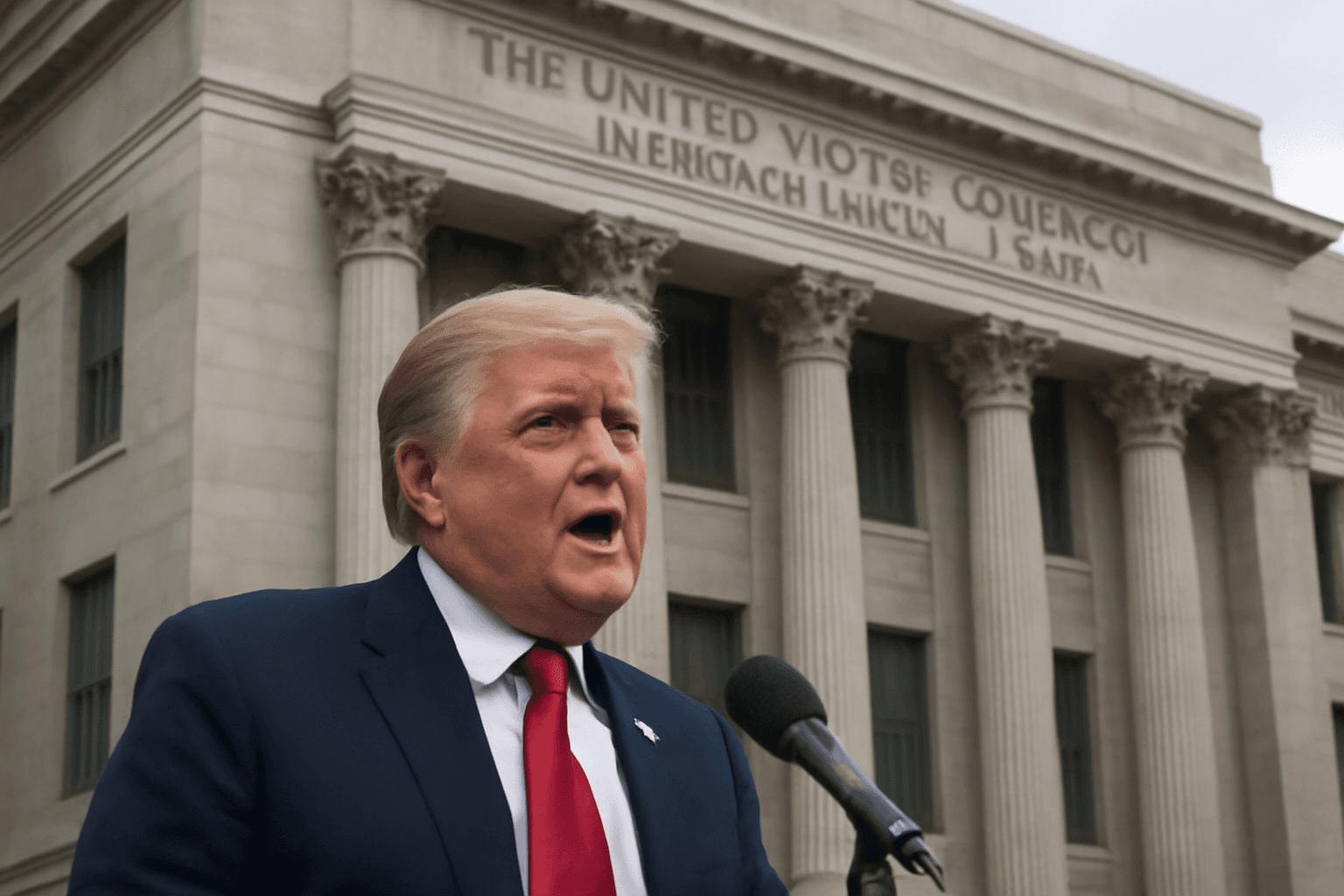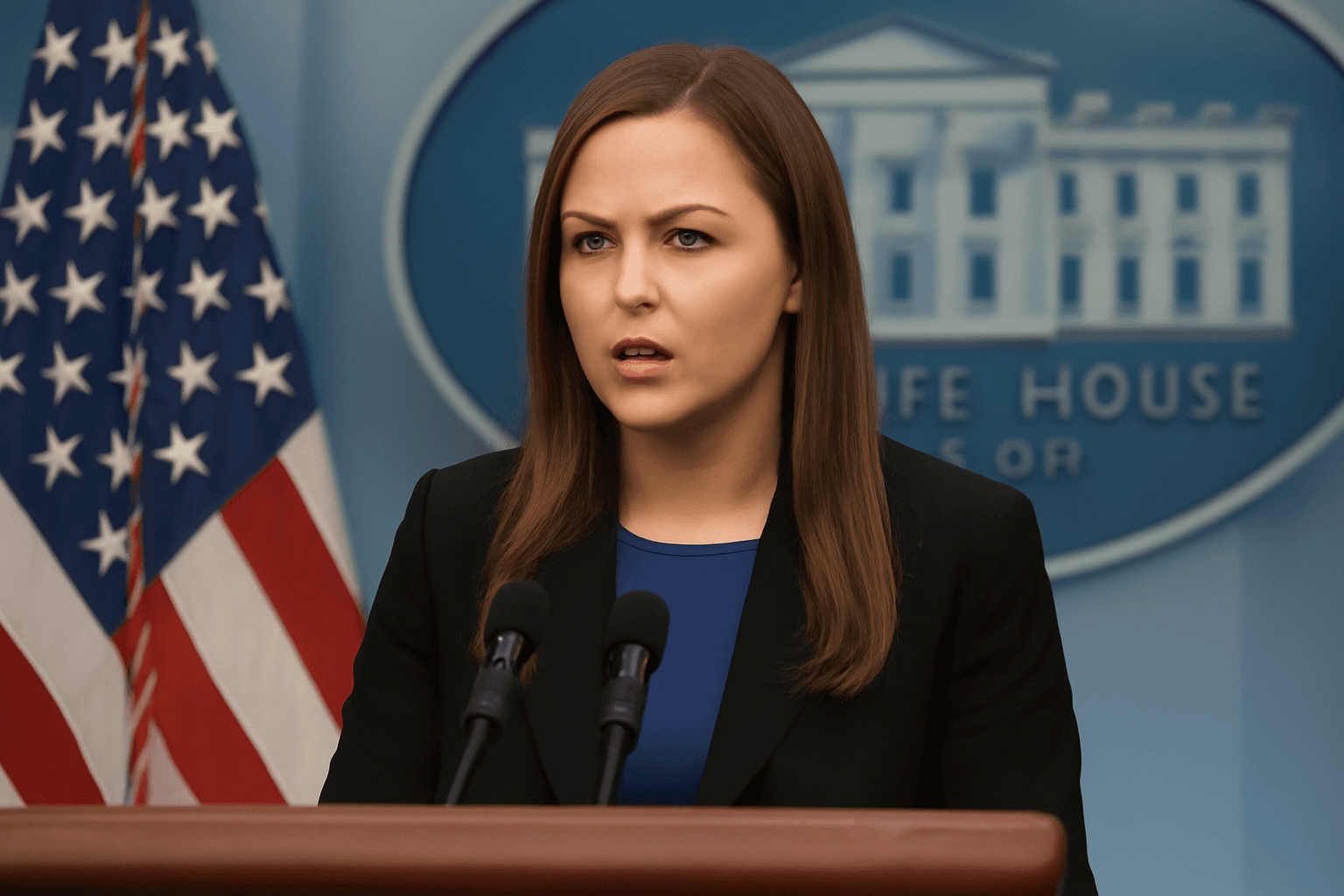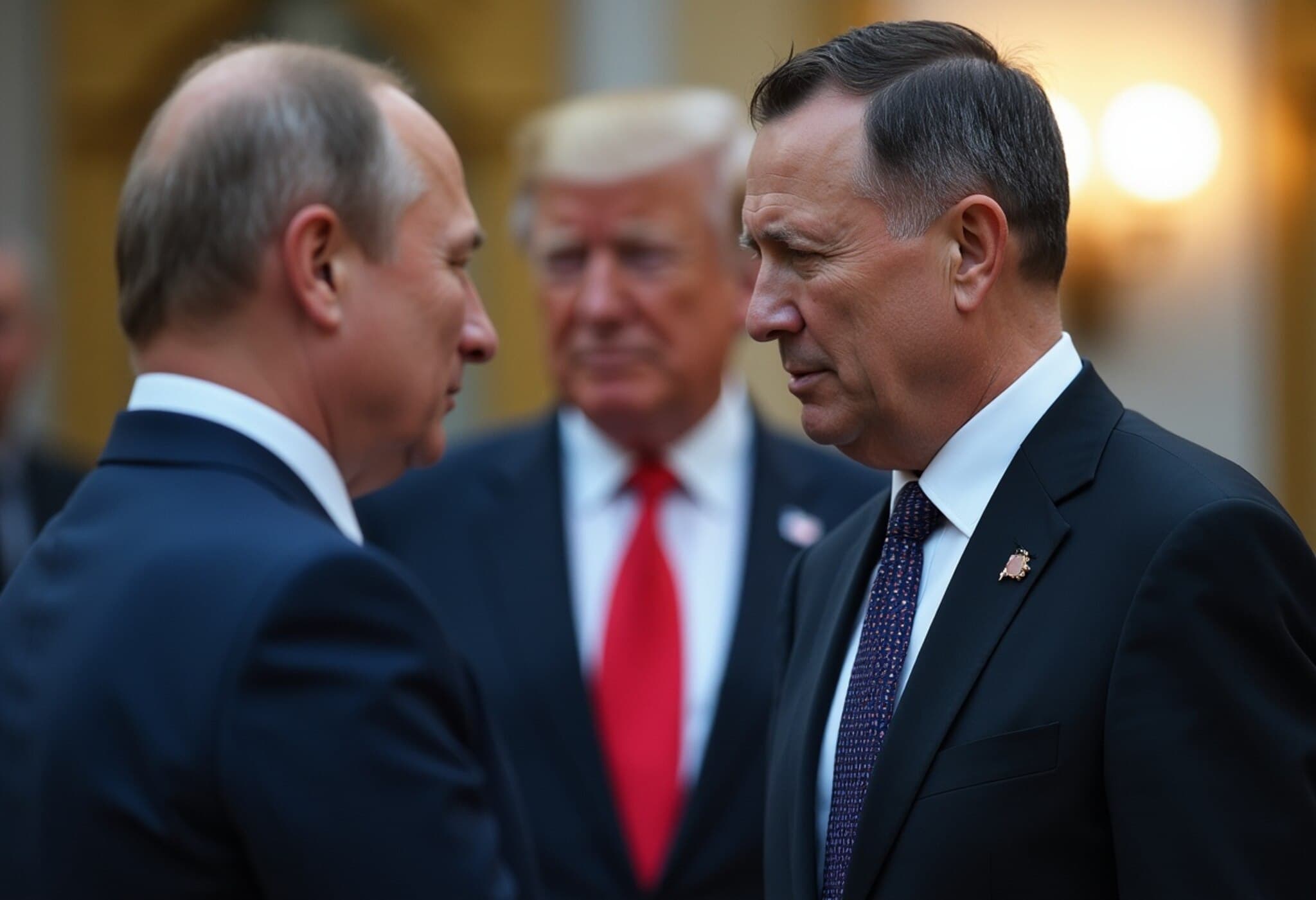Trump’s Tariffs Against India: Personal Ego or Political Strategy?
In recent months, the already complex relationship between the United States and India has hit its lowest ebb in decades, with President Donald Trump’s tariffs on Indian goods intensifying tensions. However, experts suggest that this diplomatic friction stems less from policy disagreements and more from a bruised ego on the part of the American president.
The Personal Side of U.S.-India Friction
Despite official narratives citing trade imbalances and foreign policy challenges, geopolitical analyst Yusuf Unjhawala from the Takshashila Institute posits a different root cause. He suggests that President Trump’s bruised ego—stemming from India's rejection of his declared role in mediating peace between India and Pakistan—has significantly influenced his stance.
Earlier this year, Trump claimed to have negotiated a ceasefire between the two nuclear-armed neighbors. However, Prime Minister Narendra Modi publicly distanced himself from these claims and declined Trump's invitation to visit the White House post-G7 Summit, opting instead for a phone conversation. This rejection, Unjhawala notes, appears to have deeply irked Trump, fueling his subsequent hardline tariff policies against India.
Beyond Trade: A Political Theater Rooted in Rivalry
Trump’s political journey has often intertwined with an ongoing rivalry with former President Barack Obama, who received a Nobel Peace Prize during his tenure. Trump has openly expressed aspirations for similar accolades, making the India-Pakistan ceasefire narrative a cornerstone of his peace-making credentials.
His second term saw concerted efforts to amass nominations for the Nobel Peace Prize, with notable endorsements from figures like Israeli Prime Minister Benjamin Netanyahu and Pakistan’s political leadership. Yet, India’s repeated refutations of Trump’s peace claims dilute his credibility as a deal-maker, especially given his unfulfilled promises to end other global conflicts.
The Wider Geopolitical Chessboard: RIC and India’s Strategic Options
In response to strained U.S. ties, some commentators have speculated about India pivoting towards Russia, India, and China (RIC) or strengthening BRICS alliances. However, Unjhawala cautions against this, highlighting the inherent imbalance in RIC, where India risks being overshadowed by the Sino-Russian axis and further alienating Western partners.
Ram Singh, an international trade expert at the Indian Institute of Foreign Trade (IIFT), underscores more immediate economic concerns. He stresses the urgency of alleviating tariffs’ impact on vulnerable sectors like seafood (notably shrimp and prawns) and certain edible agricultural products, which face significant export losses.
Singh advocates for pragmatic, calm negotiations with the U.S., while simultaneously broadening export horizons towards the European Union, Gulf countries, and BRICS. He warns that rhetorical escalation—as seen in Trump’s approach—could harm long-term diplomatic ties and suggests that India should actively spotlight tariff inconsistencies through multiple diplomatic channels.
Looking Forward: Diplomacy Over Drama
The Trump administration’s recent encounters with Indian and Pakistani leaders suggest a complex interplay of personal ambitions, political theater, and traditional diplomacy. While tariffs remain a blunt tool affecting bilateral trade, the underlying narrative highlights how personal ego can sometimes influence international policy in unintended ways.
For India, balancing this turbulent phase requires diplomatic finesse, diversified trade partnerships, and a refusal to be drawn into executive ego battles. Meanwhile, U.S.-India relations—crucial to regional stability and global strategic interests—demand urgent attention beyond surface-level disputes.
Editor’s Note
This episode underscores how personal dynamics between world leaders can ripple through international diplomacy, affecting economies and regional security. As India navigates this challenging chapter with the U.S., readers are encouraged to consider the broader implications: How much do individual egos shape foreign policy? What strategies should nations employ to insulate vital bilateral relationships from such personal factors? And importantly, how can countries diversify their global engagement to safeguard their economic and strategic interests?

